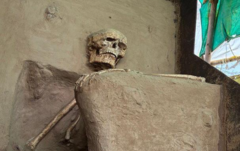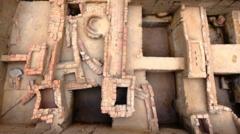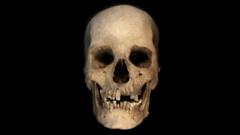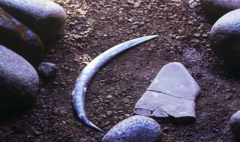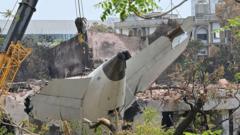A remarkable archaeological discovery in Vadnagar, Gujarat, has become a subject of frustration as a meticulously excavated 1,000-year-old skeleton remains without a permanent home. Unearthed by archaeologist Abhijit Ambekar and his team in 2019, the skeleton – believed to belong to the Solanki dynasty era – was found in a unique cross-legged position, suggesting a meditative posture that offers insights into ancient burial practices. However, despite its significance, red tape and bureaucratic debates have prevented its transfer to a suitable museum.
The skeleton's current state is less than ideal. For six years, it has been housed in a makeshift shelter, vulnerable to natural elements, and unprotected by security. Local historian Dr. Ambekar has described the find as immensely valuable, stating it can provide vital information about historical lifestyles and customs. While a new Archaeological Experiential Museum has recently opened nearby, which showcases over 5,000 artifacts from the region's rich past, it does not include this precious skeleton.
The reasons for the skeleton's absence from the museum hinge on disputes between the Archaeological Survey of India (ASI) and the Gujarat state government regarding ownership. Ambekar argues that administrative processes have stalled its proper placement, while state officials maintain that the skeleton has not been officially transferred to the museum for display.
Excavating the skeleton was a painstaking endeavor, taking two months to carefully uncover and preserve it. Analysis of the remains, including DNA tests on the teeth, indicates the skeleton has local ancestry and belonged to a male in his forties. The ongoing scientific assessments promise to deepen understanding of the individual’s diet and health, revealing more about life in Gujarat a millennium ago.
Local community members have voiced their concerns regarding the skeleton's treatment, expressing disappointment at the lack of promptness in securing a protective museum space. They believe this ancient relic could significantly boost tourism in the area, highlighting Vadnagar's historical importance. The unresolved bureaucratic challenges surrounding the skeleton underscore the need for more efficient governance in cultural heritage matters, ensuring that important discoveries are preserved adequately for future generations.

